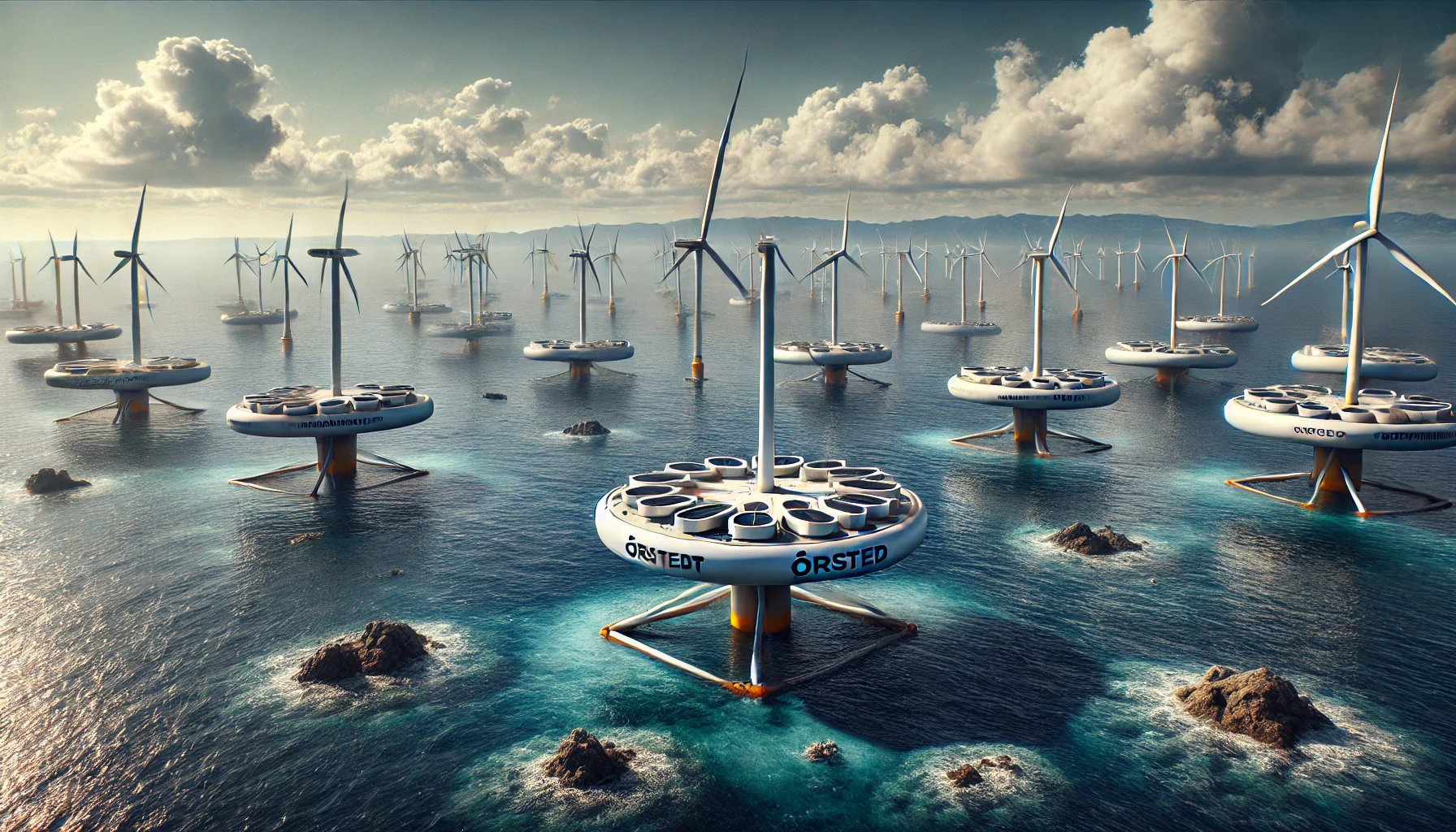Offshore Wind Farms: The Floating Giants Powering Our Future

Riding the Wind: Offshore Wind Farms Take Over
Offshore wind farms have long been the silent giants of renewable energy, quietly spinning off the coasts of countries like the UK, Denmark, and the US. But as the world shifts towards greener alternatives, offshore wind farms are expanding their reach, literally. Floating turbine technology is revolutionizing the game, allowing for installations in deeper waters where the wind blows stronger and the seabed is too deep for traditional turbines. Now, that’s a win-win for Mother Earth!
The Tech That Makes It Float: Floating Turbines Explained
Floating turbines aren’t just regular turbines that decided to hit the high seas. These bad boys are designed to float on platforms anchored to the seabed with cables. Think of it like a giant kite tethered to the ocean floor, except instead of soaring through the sky, it’s generating clean energy. The technology behind floating turbines has come a long way, and companies like Ørsted and Equinor are leading the charge. By tapping into areas previously off-limits, we’re now able to harness winds far offshore, where they’re stronger and more consistent.
Environmental Benefits: A Breath of Fresh Air
Wind energy is as clean as it gets. No greenhouse gases, no pollution, just good ol’ wind powering our homes and cities. Offshore wind farms have the added bonus of staying out of sight and out of mind. Since they’re far off the coast, they avoid the visual pollution and noise complaints that plague their land-based counterparts. Plus, studies suggest that offshore wind farms create habitats for marine life. So, while they’re busy spinning away and generating electricity, they might just be giving a few fish a new home. It’s like Airbnb for sea creatures!
Challenges Ahead: Navigating Rough Waters
Of course, not everything is smooth sailing in the world of offshore wind farms. These floating marvels face some serious challenges, from the high cost of installation to unpredictable weather conditions. Building turbines in deep waters isn’t cheap, and maintenance can be a logistical nightmare. There’s also the concern about how these installations will impact marine ecosystems long term. But as technology advances and costs drop, many believe that these challenges will become more manageable over time.
Key Players Leading the Way
Ørsted, the Danish giant, and Equinor, Norway’s energy powerhouse, are two of the most prominent players pushing offshore wind into new frontiers. Ørsted, which has already made waves with projects like Hornsea in the UK, is betting big on floating turbines. Equinor, meanwhile, is focusing on Hywind, the world’s first floating wind farm. These companies aren’t just betting on green energy; they’re leading the charge towards a future where offshore wind plays a major role in powering the world.
What’s Next for Offshore Wind Farms?
As the world looks for ways to meet ambitious climate goals, offshore wind is poised to be a major player in the global energy transition. Governments are backing these projects with funding and incentives, and new markets are opening up in Asia and North America. The future of offshore wind is floating turbines that can be deployed anywhere the wind blows strong enough. It’s a bold new world, and we’re just at the beginning of what’s possible.
The Bottom Line: Can Offshore Wind Save the Day?
With the potential to power millions of homes and significantly reduce carbon emissions, offshore wind farms are more than just a trend; they’re a crucial part of the renewable energy puzzle. But will they be able to overcome the challenges that lie ahead? That’s the million-dollar question. What do you think? Will offshore wind farms become the dominant force in the renewable energy market or will the costs and challenges hold them back?



